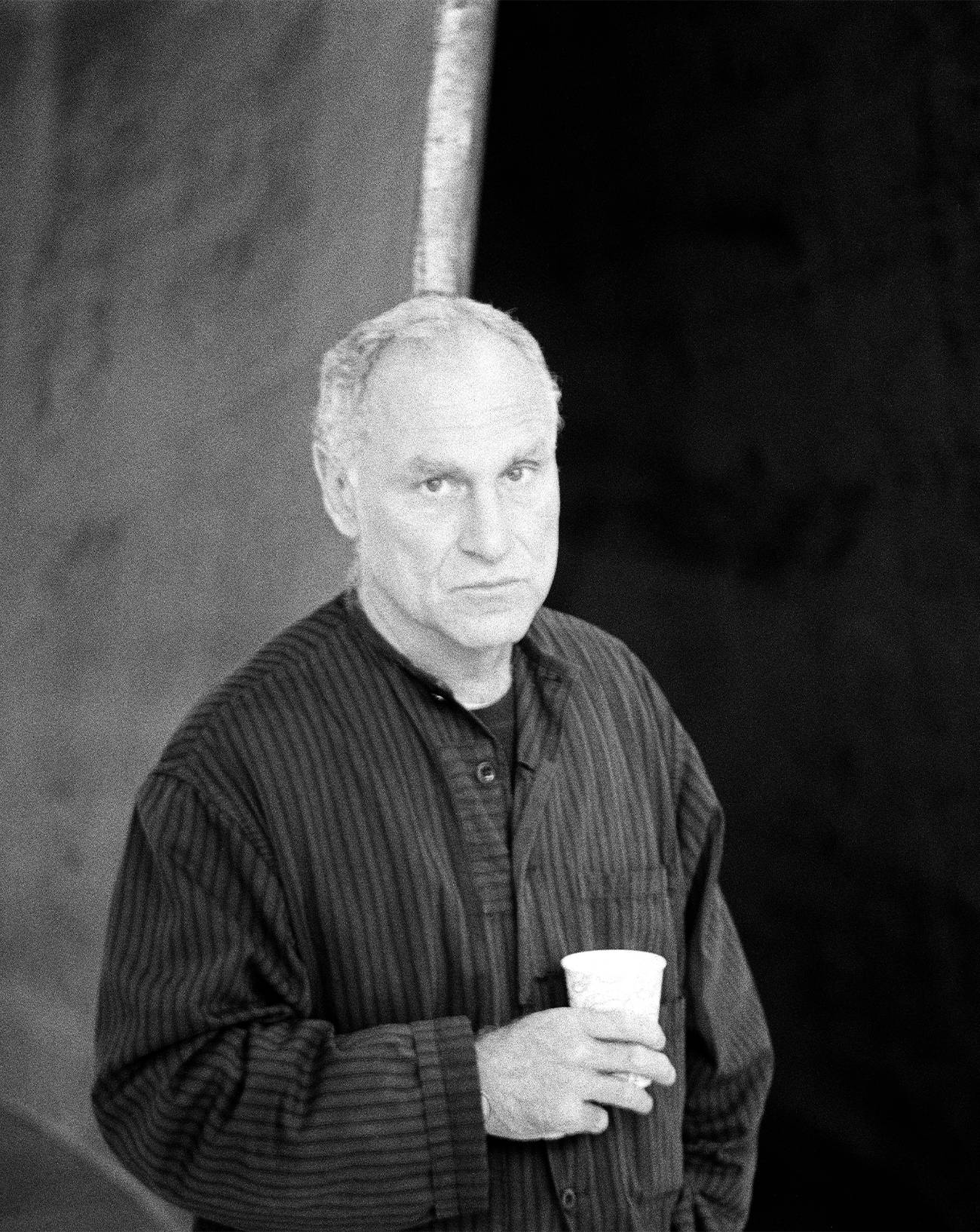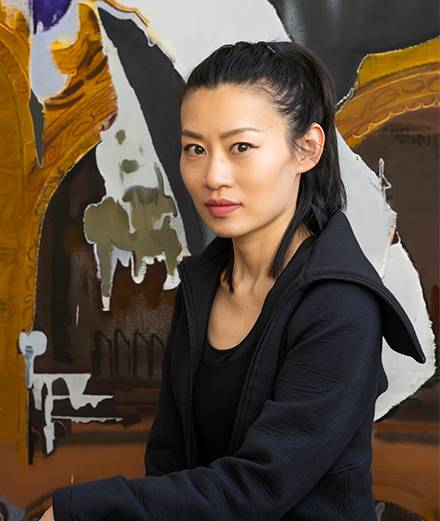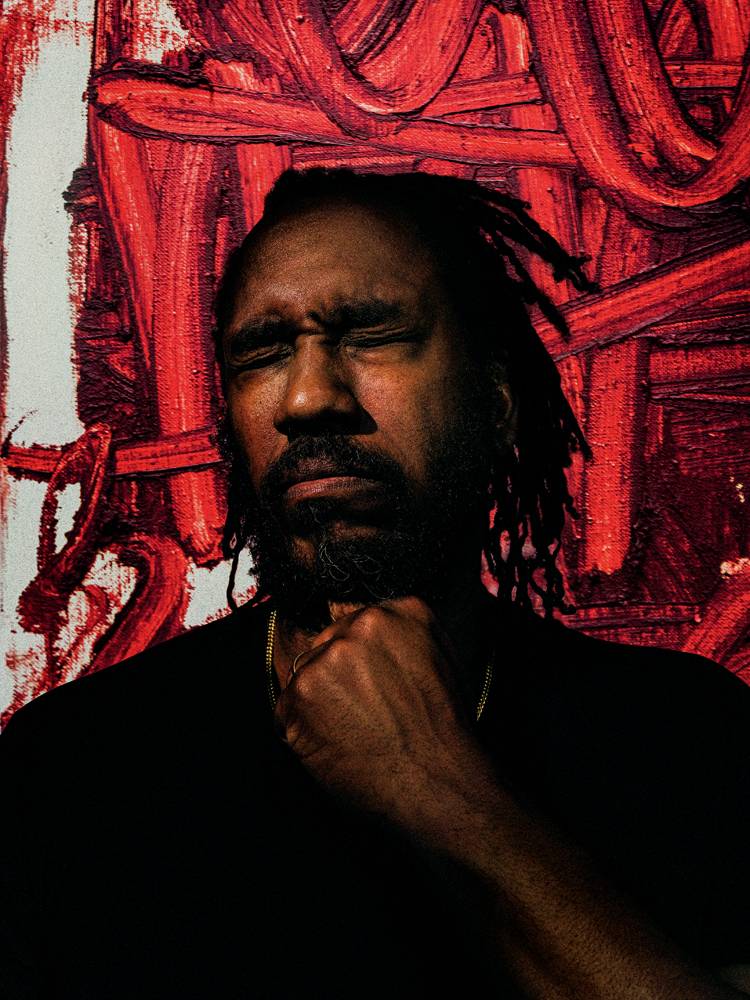The chances are slim, for a boy born under a geodesic dome in Seattle in 1975, that one day he’ll be asked to create a monumental installation in Paris’s mythic Place Vendôme. Indeed the whole scenario seems particularly far-fetched. Yet it’s the true story of Oscar Tuazon, the American artist who was born in a dome built by his hippie parents. “As a home, it was a catastrophe, but as an object, it was fascinating,” he explains with his habitual quiet serenity, when we talked to him about the giant sculpture he’s been commissioned to create by FIAC for the chicest of Parisian squares.


His serenity extends to his vocation: he is a sculptor, nothing more nothing less. Moreover his works are constructions that convince the spectator without the slightest blah blah, even if they take inspiration from a story or a context. But what comes through loud and clear is a language that only art and forms can speak – and Tuazon is probably one of the last artists to trust in that language and to write it with such curious grace. At the Place Vendôme he plans on using a vocabulary of polyethylene pipes, big enough for the public to walk through, of the sort that allows life to exist in the city by channelling water or sewage. Tuazon intends to pierce his segments of pipe with tree trunks as a way of addressing environmental questions in general, and the increasing scarcity of water in particular. He has already shown a surprising capacity for transforming ideas into form and then allowing form to supersede the ideas, the monument he realized last year in the Bois d’Arsot near Belfort being a brilliant example. Commissioned to commemorate the bloody battles against the German Army of November 1944, it consists in two interlocking wooden structures, one pointing towards the Lion de Belfort – a symbol of the city’s resistance in the 1870 Franco-Prussian war (the mother of both the 20th century’s world wars) – and the other towards Algeria, from where, in 1944, 200,000 soldiers left for France to fight the Nazi occupant. This tall, extravagant wooden structure, with its endless criss-crossing beams supported on 200 pillars, changes the landscape and defies understanding. It’s one of those human creations somewhere between sculpture and architecture that troubles the spirit precisely because of its ability to emancipate itself from its original “text” and to attain a “state of sculpture.”


The source of Tuazon’s extraordinary art lies in his decisive 2001 encounter with the artist-architect Vito Acconci, who he worked for over a period of two years. “I was already 28, but I was still a novice. Yet Acconci liked to debate with me for hours, just as he did with the senior architects at the studio. His habit of questioning everything, from the beginning of a project to the end, was impressive.” Today Tuazon employs engineers, technicians and builders to realize his work. For an artist whose relationship to materials is practically carnal, such recourse to several construction trades is in no way a hindrance to the creation of a rich and meaningful dialogue of forms.
FIAC, du 19 au 22 octobre, Grand Palais, Paris.
Oscar Tuazon, FIAC 2017 hors les murs, Place Vendôme, Paris.











